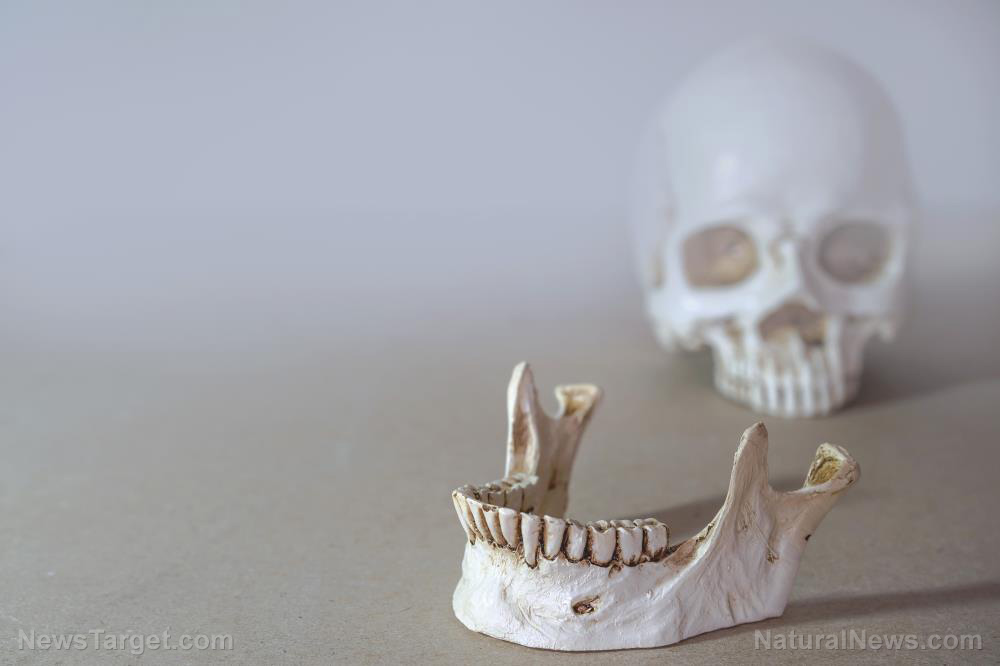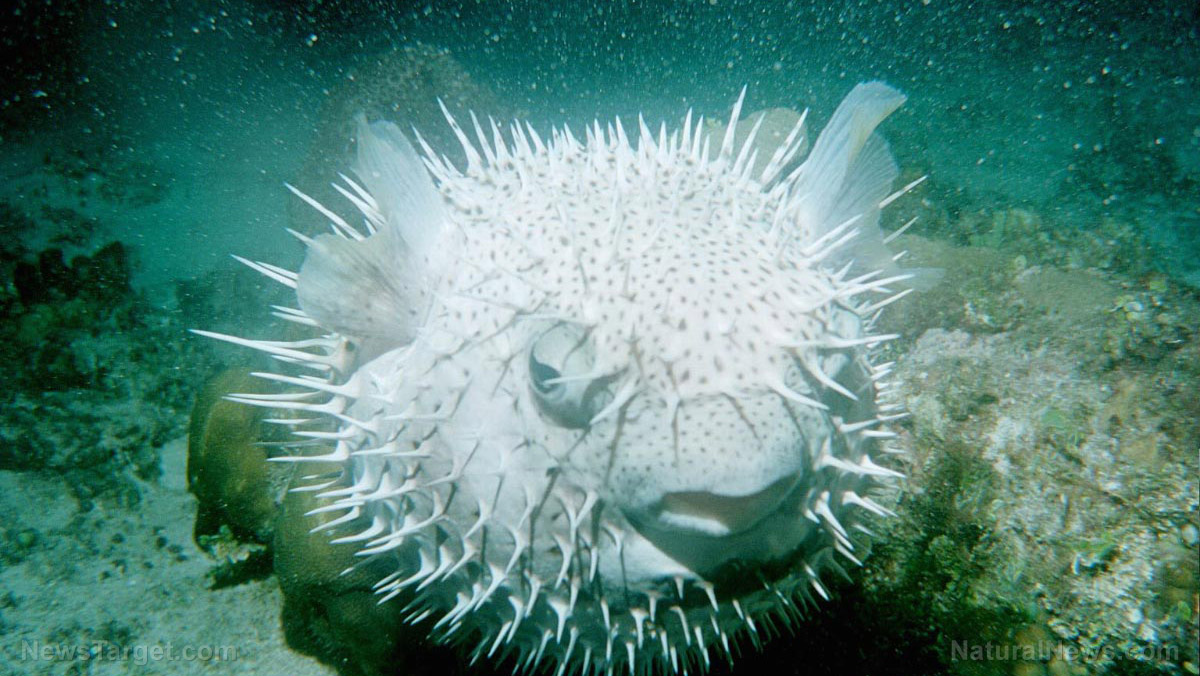Baby pterodactyls could fly from BIRTH, reveals fascinating study
09/10/2020 / By Ramon Tomey

Two researchers from England have found that baby pterodactyls, or flaplings, could fly from birth.
Their discovery, published in the journal Proceedings of the Royal Society B, contradicts the long-standing belief that pterodactyls only took to the air when fully grown. Earlier research on fossilized pterodactyl embryos with poorly developed wings gave rise to the idea that flaplings waited until they became adults before flying – similar to birds and bats.
The two researchers looked at 19 fossilized embryos of four pterodactyl species, some belonging to a batch discovered in the Turpan-Hami Basin in northwest China. They noted that some of the flaplings inside these embryos perished just before hatching. Afterward, the researchers examined crocodile and bird embryos and compared them with the pterodactyl embryos.
Further digging in the Turpan-Hami basin yielded a sandstone block that held about 200 eggs that were mostly intact. Sixteen eggs from this batch were found to contain remains of Hamiperus tianshanensis.
They found that some of the fossilized eggs were still in an early stage of development, far from actually hatching, based on their shape. Small elongated eggs contained embryos at an earlier stage of development, while larger eggs had more fully developed embryos inside.
Aside from egg sizes, the researchers also looked at the bones inside the fossilized pterodactyl embryos to find out what stage of development they were. They found that the more developed hind limbs found in some of the embryos, alongside the incomplete development of muscles necessary for flight, showed that some of the flaplings would not have been able to fly upon hatching.
Flaplings had two choices after hatching: Fly or die
In their paper, the researchers expounded that adult pterodactyls did not care for their young, which meant that flaplings were in charge of themselves as soon as they hatched. The paper also mentioned that adult pterodactyls buried their eggs in the ground to incubate them – a common behavior also observed in other reptiles such as sea turtles. (Related: The lengths parents go to: World’s largest frogs protect their young by building their own “nursery ponds”.)
The flaplings’ natural ability to fly from birth served as a survival mechanism to flee larger carnivorous dinosaur. However, this ability was also a double-edged sword as the demanding and dangerous process of taking to the air killed a good number of flaplings early on. Those who succeeded in flying at this early stage made it to adulthood with enormous wingspans.
Dr. David Unwin of the University of Leicester, one of the researchers behind the discovery, said that the growing and flying done by pterodactyls was theoretically impossible – but they proceeded with doing so anyway. Another member of the team, Dr. Charles Deeming of the University of Lincoln, added that their discovery “had important consequences” for understanding how pterodactyl eggs developed in different conditions, how their bones developed in utero compared to that of four-legged dinosaurs and how these conditions affected the way flaplings moved around.
The team plans to look at how pterodactyls were able to reach enormous wingspans through this survival mechanism in a future study.
Unwin and Deeming also commented on the fossils found at the Turpan-Hami area. In their study, they mentioned that the fossils found there — eggs, embryos, flaplings and adults — have been interpreted as evidence that pterodactyls were sociable dinosaurs after all. However, they also mentioned the possibility that Turpan-Hami may have been a nesting site for Hamipterus and another pterodactyl species. The sandy area provided a suitable place where adult pterodactyls could lay eggs and bury them afterward to incubate, which encouraged other pterodactyls to follow suit.
Uncover new studies and discoveries about dinosaurs and more on Discoveries.news.
Sources include:
Tagged Under: cool science, dinosaurs, discoveries, flaplings, flight, fossils, paleontology, pterodactyls, real history, research
RECENT NEWS & ARTICLES
COPYRIGHT © 2017 DISCOVERIES NEWS




















